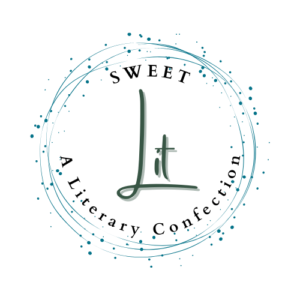It’s nearing six o’clock when the Marshall Center reading room is filling up with students, professors, fans, and friends of Naomi Shihab Nye. Every seat is occupied, so newcomers stand in the back, but they do so without complaint. Jay Hopler, resident poetry professor at the University of South Florida, approaches the mic. He begins to introduce Nye who beams naturally through an easy, open smile. Her honey-blonde hair sits in a lax, side-ponytail as she begins the address after hefty applause.
Nye advises that we all keep notebooks, for the small, continuous treats that come our way. Lines like “Will the owner of a bucket of stones with a candle in it please come to the security checkpoint,” are treats overheard in the airport, phrases that she can’t not write down. She goes on to tell us about William Stafford and his morning writing practice.
“He was a morning writer, he believed in horizontal writing. He would lay on the couch with his notebook above him, writing like that. He woke every morning around 4:30 AM. He would write the date to ground himself, and then move onto notes or fragments in a prose style, anything he may have encountered in the last 24 hours. Then he’d go into aphorisms, or “bigger thinking,” where he asked himself questions or posed statements. Then he’d play around with it all, and then he would go to his desk to work. But every morning, this is what he did.”
As an avid writer and reader, I take copious notes, imagining that one day I will do the same, but knowing I probably won’t start tomorrow. Nye has a slight, homey rasp that fills the room as she tells of her 20th birthday and looking up Jack Kerouac’s number in the phone book. Twenty year old Naomi gives the number a ring, imagining his widow may answer as Kerouac had passed a few years prior. Naomi is a huge fan, his most ardent fan she assures us. The phone rings about twenty times, see, they didn’t have answering machines back then. She is drifting off in thought when the receiver picks up. She had heard Stella, Kerouac’s widow, was a hermit, so she is considerably surprised at the answer, shaken up, but she gains the courage to introduce herself.
“It’s my birthday, too,” she says. “I love his poems. His work has meant so much to me.”
“When can you come visit me?” Stella asks
“Next week is Spring Break! I could visit then?” an enthusiastic Naomi replies.
“Come on down,” Stella says.
And so she does. Naomi’s parents drive her down to Florida where she visits with Stella for two days. The two of them record tape after tape of his unpublished work while the cats crawl over them. This story has never left her.
At this point, the crowd is transported and we are all still in Stella’s house with Nye. She eases us out of the story by prompting us with a new thought. She tells us about the time she thought: you can do a whole book of poems about people you met briefly. This is what she did, and she proceeds to read us a poem called How to Get There.
As Nye reads, the crowd laughs because her poem is humorous, but more than that; it shows us how small interactions can lead to friendships, to more stories shared. She tells us about Transfer, the book of poems she wrote after her father’s death. She tells us that it’s strange, finding things out about a parent, discovering things you didn’t know they had, like a pen pal relationship with Eleanor Roosevelt. As Nye helped to collect her father’s things, she found a letter in his scrapbook, tucked away in his closet. It was a response from Eleanor Roosevelt. He had written her at twenty-five with a wife and baby in tow. He wrote her, questioning her about politics, about cultural inequality. In her response, Eleanor Roosevelt was honest in her not knowing, Nye says, honest in not having the answers to his questions about the Palestinian/Israeli conflict. Nye says that her father believed that codes of behavior that exist in other systems could translate into politics, too. As a boy, he had friends from every culture, every religion, and he talked about this until the last day of his life.
Her father, coming from a Muslim family, was introduced to evangelical behavior when he moved the Kansas in his younger years. The people that he encountered claimed not to know the word “Muslim.” Instead, they referred to him as “Muscle Man,” on account of his slenderness and the term they apparently did not know. Nye conveys this story through her beaming, easy smile, and people laugh. There is no resentment here, but a fondness for the story. Stories like these inspired Nye to write poems that were titled after fragments found in his journal. Interestingly, she notes, she took on the voice of her father in these poems, something she hadn’t set out to do. As the audience, we laugh at this, too. Nye thanks us for laughing, for being a warm audience.
“This is why I like Florida!” she says through her beam we’re getting to know.
Something about her kind energy evokes a respect, quietness, and togetherness felt by the crowd through her poems. It’s the way she says “all” when she says “there are all kinds of poetry,” encouraging the crowd to write a poem to a friend on a postcard in honor of National Poetry Month. It’s the quotes she reads us, like Linklater’s when he says “I think it’s okay to be in your formative years for a very long time.” It’s the poem she closes with, Gate A4, which makes us feel like we are truly a collective being. It’s that small instances of kindness that can bridge the way for friendships and for the little discoveries, the connections of our humanity that she conveys.



